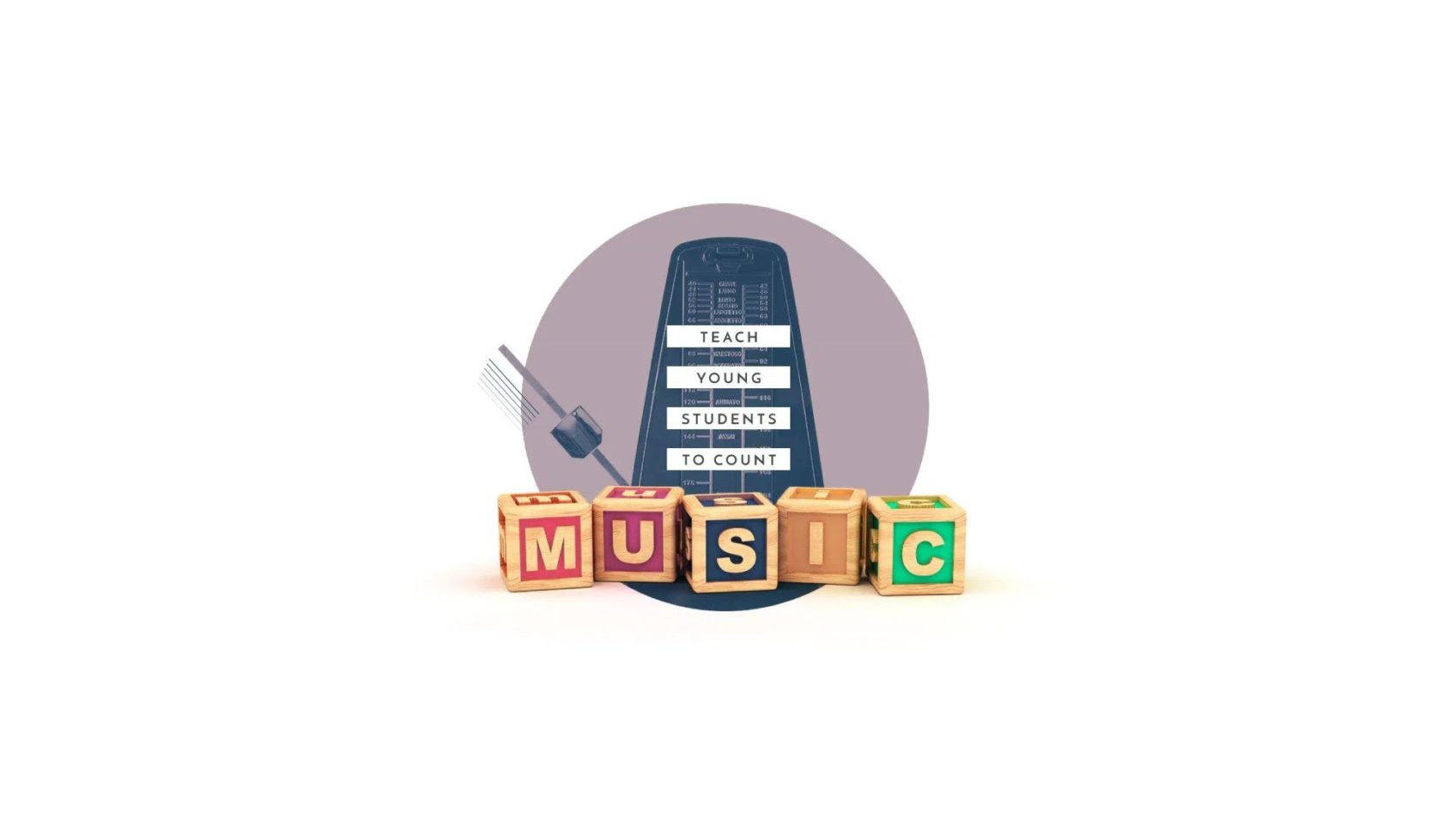I am an advocate of instilling musicality in students, no matter the age or skill level. It is an integral part of ballet, therefore it deserves a place in training from the very start.
But I don’t deny teaching young students to count music is a challenge. So challenging that I understand the choice not to do it. However, I still do it.
As a reference and guide to those who may be struggling with their young ones, here is how I do it (in this order):
1. Allow them to feel the music.
There is no right or wrong here. Put on music and allow them to dance to it. Give them access to props if they like. Give them directions if you like: Dance small, tall, low, high, fast, slow, etc. The point is to let them find freedom with the music.
2. Match music and steps.
I choose music that switches dynamics and will give them different steps for each dynamic. “When the music tip toes, we tip toe! When the music stomps, we stomp! When the music twirls, we twirl!”, etc. This helps focus their ears on the music and listen for the changes that take place. When they hear the music shift, they then have to immediately shift their focus back to their movements and try to match the music.
3. Find the beat.
I do music study a lot in my young classes. We sit down and, while listening to music, we clap to the beat. We might stomp to the beat or sway or nod our heads or tap our noses. The point is to encourage the beat to find its way into their bodies. This helps them recognize that the beat informs how fast they do their movements.
4. Choreograph in phrases.
For the youngest students, I do not expect them to be able to actually dance in time to the music. I don’t expect this until around age 6 or 7. Until then, I choreograph in phrases. They might march for 8 counts, but they won’t necessarily do 8 marches. They might do 6 or 15, depending on the level of control they have over their movement, but they can hear in the music when the phrase is ending, and that cues them that marching time is over. In order for this to work, I choose music that has distinct phrasing.
5. Stop at eight.
I have them practice doing a step in sequence 8 times (or however many times) and when we get to 8 we STOP. The goal is everyone stops together because that means we all danced in unison. We talk about how dancing together looks better. We don’t want sloppy dancing after all.
6. Choose music that works with their balance.
When they are ready to dance to the beat of the music, music choice becomes essential. If I want them to skip in time to the music but the music is slower than their natural skip rhythm, they will not be successful. I want success, so I choose wisely.
7. Introduce the introduction.
I insist my students stand ready before the music begins, so the introduction music is something they already have been exposed to. But now I give it a name (“the introduction”) and I teach them how to know when the introduction is over and when the dancing is meant to begin. We count out many introductions so they can feel the differences.
These seven steps are things I like to see in place by age 7. It gives a solid “pre-foundation” for learning the foundational musical concepts that will be included in the beginning ballet level.
Related Articles


Comments
ReGina says
Thanks for this article and the tips — I’ll definitely try to apply these. What songs would you recommend for those with distinct phrasing or music changes? So far I’ve been using Kimbo Children’s Music but may soon be running out of options haha. Thank you!
Regina
Add Comment